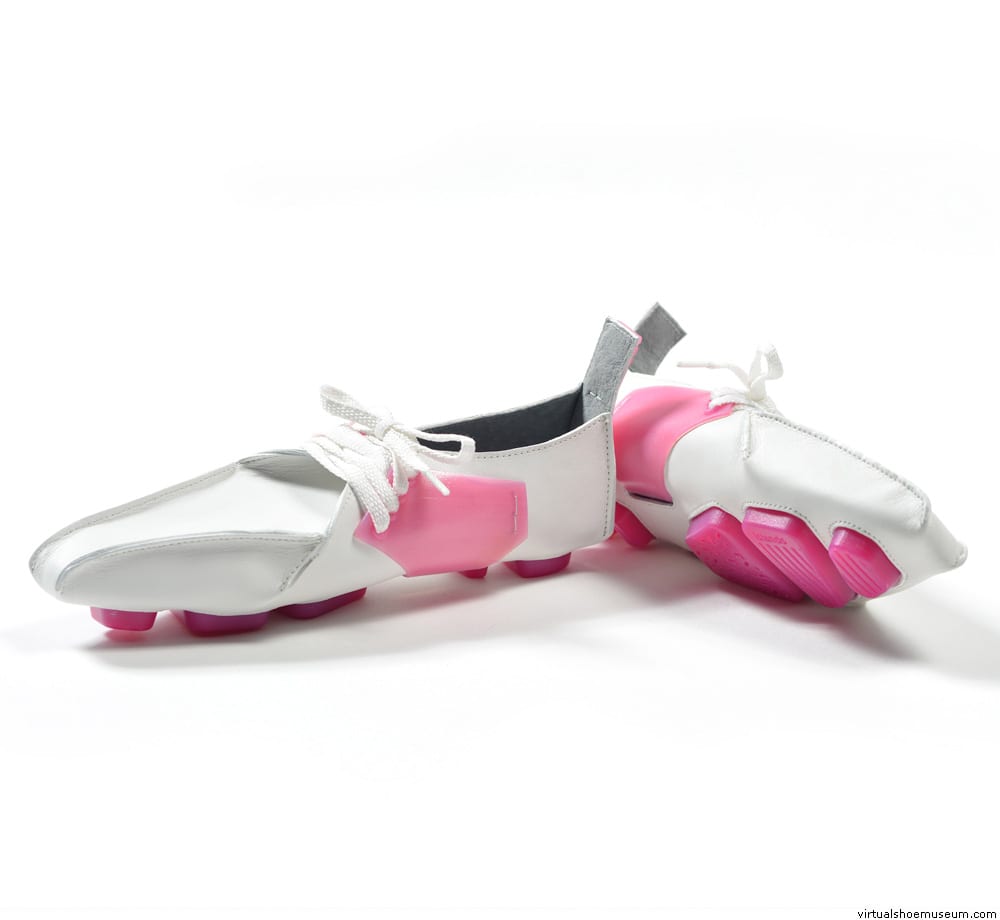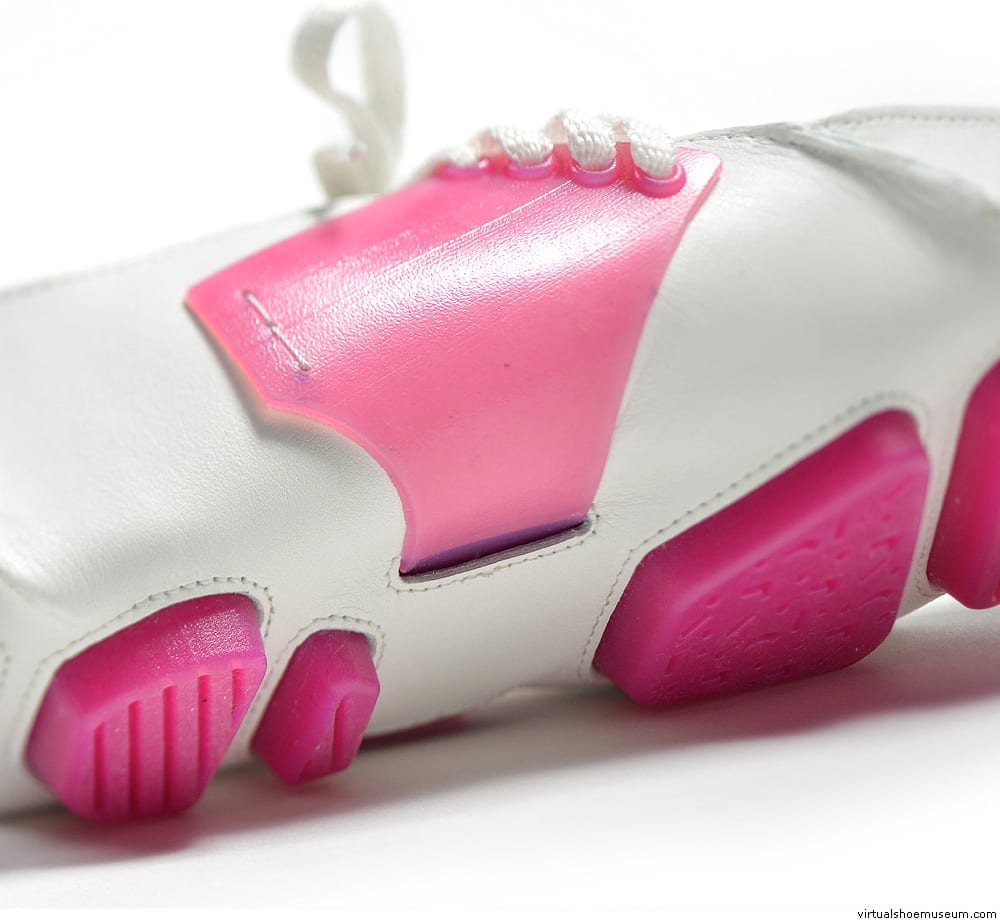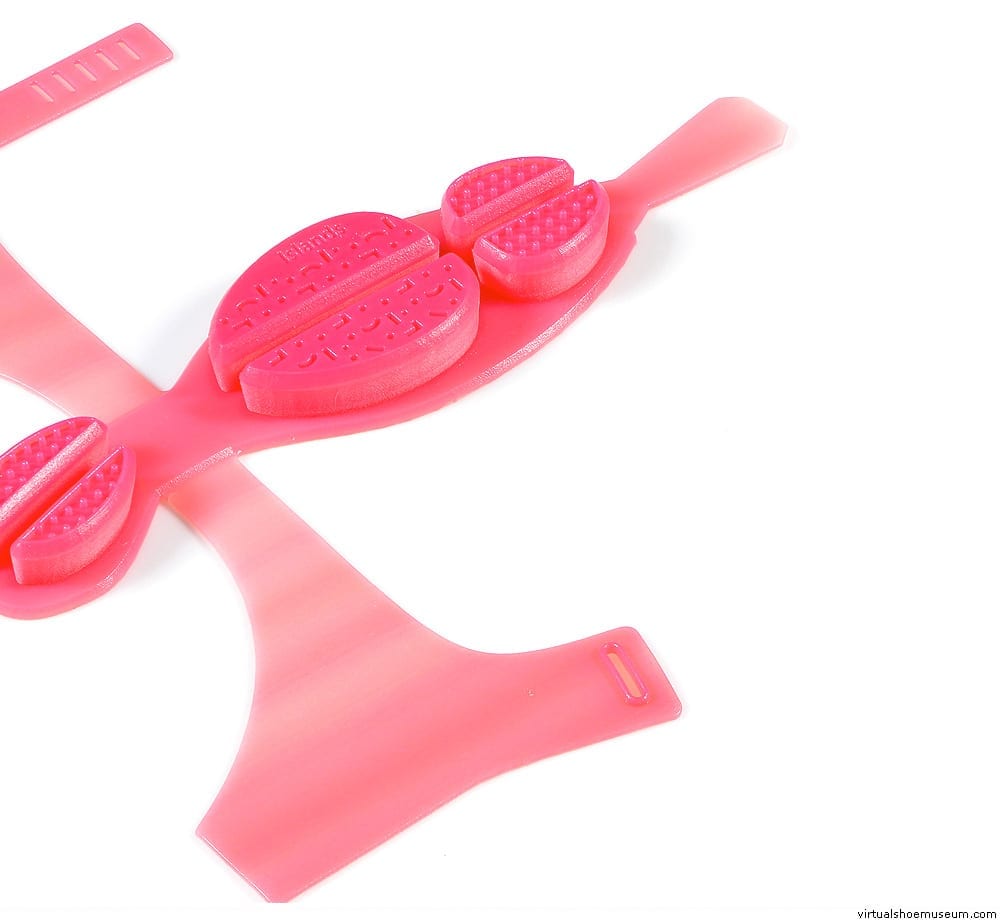Bachelor’s degree final project, 2017.
Material: leather and rubber.
For thousands of years, humans produced products primarily by hand, building a global industry that employed workers in communities throughout the world. As technology has advanced, human labor is becoming the most expensive part of the production process. Corporations strive to deliver quarterly growth hence their focus increasingly moves toward automation as an opportunity to cut costs, thus rendering the human obsolete.
There’s nothing quite like slipping your foot into a shoe that was made by hand, one shoe at a time.
As a response, the project interferes with and re-examines the classic manufacturing process of shoes.
The aim of the project was, on one hand, to find a way to preserve the traditional humanistic and personal manufacturing process, that does not waste materials, and on the other hand use accessible technology; and to improve the process of classic manufacturing- which involves lengthy production times and complex gluing.
After interviewing professionals and designers from the world of shoes, visiting factories and observing closely both traditional and industrial manufacturing processes, new insights led the way to rethink the shape of the soles.
The two parts of the shoe- the upper part and the sole are attached without the use of glue. Instead, the sole comprises of projecting “islands” that fit together perfectly with the upper part, which is made from a single pattern. The change in method of manufacture makes the process more efficient and enables a unique aesthetic that stems from the technology.
© Bar Keshet


